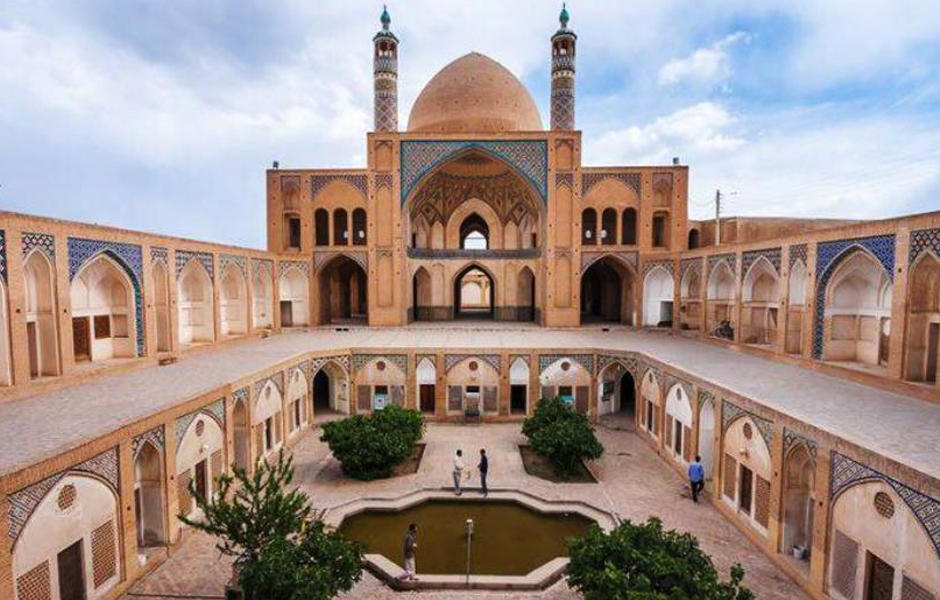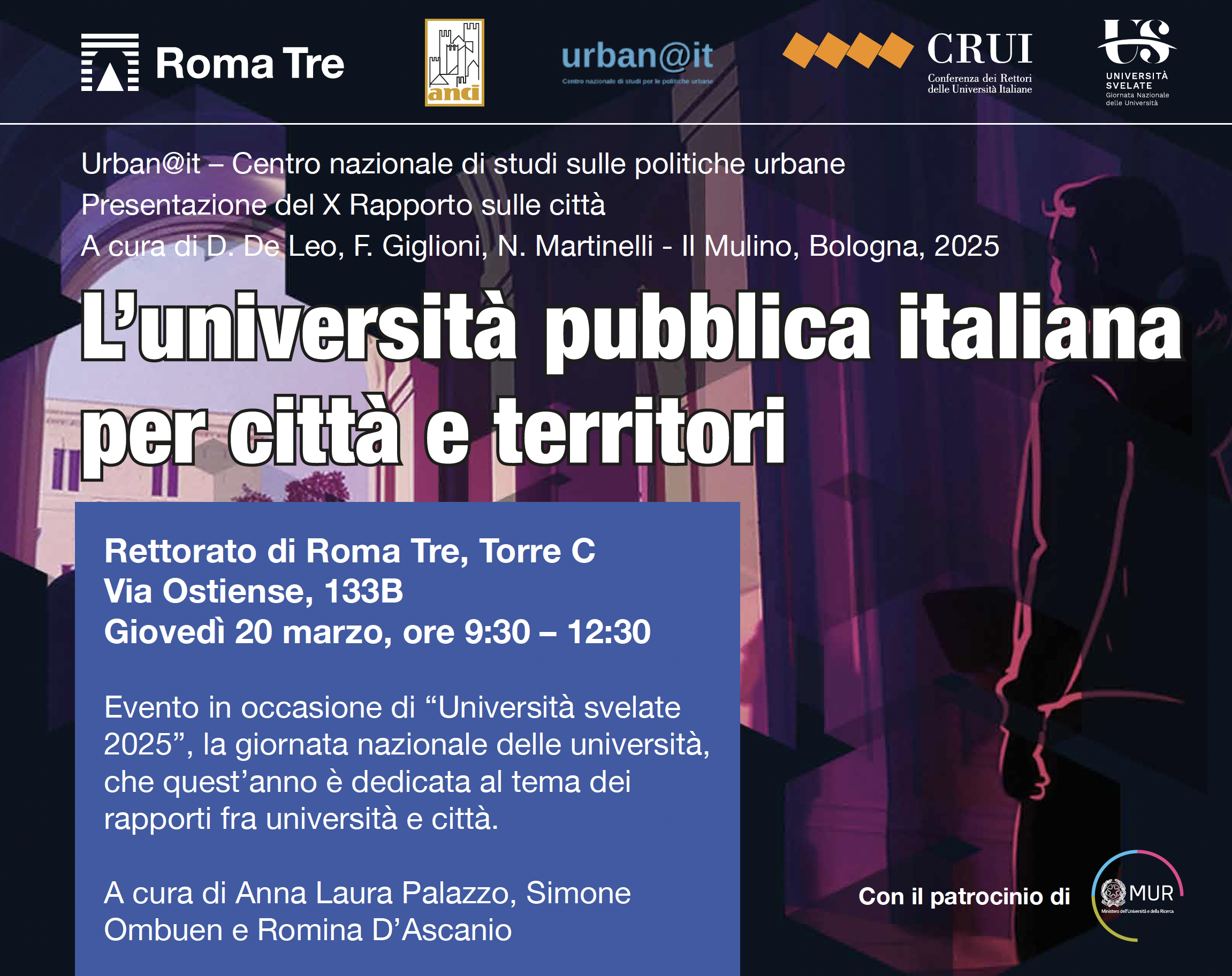Form of place, part.2

Form of place. Form and emotional interaction with place
di Rouhollah Rahimi, Mojtaba Ansari, Mohammad Reza Bemanian, Mohammadjavad Mahdavinejad
Ph.D. candidate in Architecture, Tarbiat Modares University, Iran
Ph.D., Department of Architecture, Tarbiat Modares University, Iran
Ph.D., Department of Architecture, Tarbiat Modares University, Iran
Ph.D., Department of Architecture, Tarbiat Modares University, Iran
Introduction
places are centers of human experience and based on a kind of consciousness and perception that they represent as an excellence and deep center of human existence and human values. Values that are along with different attitudes, expectations, and behaviors, lead to different evaluations of the places resulting from the existence of specific human values, environmental characters, and meanings in it. The total sense that is created after perception and judgment of a particular environment in a person is called a sense of place. This sense is a meaning or an importance of a place that is based on human experience, social relationships, emotions, thoughts, values, and attitudes, and can be examined in three levels of attachment, commitment, and dependency on place. What is common in scholars in this regard is the existence of three components of “physical structure, activity and meaning” for a sense of place. In creating this sense, the environment must have a special character and structure, and the physical traits of the environment play an important role in creating sense of place. In the present article, the goal is confirming and enforcing the impact of physical dimension of environment on creating a sense of place, while answering the following questions, attempts to explain the theory of the role of form in interaction of human and the environment.
Components affecting the sense of place
Sense of place is a matter of contribution of city prosperity, thus CPI (city prosperity index) includes different aspects of place(Mohtashami, et al, 2016. pp.319-331(. Individual and collective values influence the way of sense of place, and sense of place also influences values, attitudes, and in particular the individual and social behavior of people in a place, and people usually participate in social activities according to their sense of place (Falahat 2006, p.58). In general, it can be understood that meaning, activity, and form are three factors that due to their properties, phantasm, activity, and place form are formed. The sense of place is also defined as a combination of three elements, namely, place, landscape and personal conflicts (Shamai & Ilatov 2005, p.467). To create a sense of place, all three components should have interference. According to Norberg Schulz opinion, sense of place is found in places that have specific and distinct identity, and the Environmental identity is made of tangible things that have materials, shape, texture, and color (Norberg Schultz 1997). Also in Lynch’s viewpoint, sense of place is a factor that communicates between human and place and creates unity, and space must have a perceptible identity and be recognizable and memorable and expressive to create a sense of place. This type of sense of place can also have a sense of belonging (Falahat 2006, pp.57-66). Nowadays, sense of place is a key element in understanding and measure of sustainability assessment(Sadrykia, et al, 2016, p. 69).
Form and effective physical components to enhance the sense of place
Experience of a place is felt through all senses (sight, hearing, smell, taste, and touch), and the experience of a place is in fact a general emotional experience (Shamai 1991, p.347). Physical features play an important role in creating a sense of place. According to Fritz Steele viewpoint, the most important physical factors affecting perception and sense of place, place size, degree of circumscription, conflict, scale, proportion, human scale of distance, texture, color, smell, sound and visual variety (Steele1981).(diagram1)
Perception a good urban design tells us a story of the personality of a place with respect to various goals, such as the place pattern. The scale, centrality, direction, and transmission area are the most important aspects of the personality of place, and the physical attributes of place, creates meaning and personality that helps to create a sense of place (Nick Mohammed et al., 2013, p.506). The built environment is an organization of meaning and is important in terms of materials, forms and details, and also has symbolic and communicative properties. Meaning is often expressed through signs, materials, colors, forms, landscaping and the like. So meaning may be consistent with spatial organization, or it may display a distinct and non-consistent symbolic system. Through which different environments become the indicator of social status and one way of social identity for themselves and others. In other words, physical elements in the environment contain different meanings, and due to this, their influence and significance and their effect on behaviors change (Rapaport 1977, p. 12). Form is a feature of the objects. Objects are existent and may be dead intrinsically, but they penetrate to environment around themselves by their presence, some more than others, even a table in a simple room. “Space” is a place where everything can happen in there, in which living things can be. Buildings are external objects in space, and their presence becomes more intense through what is going on within them. Sometimes the uniform form, without its aperture, hides what passes within them. Such large buildings are like an inanimate giant (Day 1986, p. 105).
Depending on our position, according to physics, attention and feeling, we are more or less consciously understand certain objects, background, place, landscape, places to visit, boundaries, geometry, features and shapes of place, vertical and horizontal distance during initial engagement with environment (Holscher et al., 2003, p.181) and feelings (Warring & Kensinger 2011, p.1831). (diagram 2)
The shape affects the relationships. For example, a circular table can encourage people who know each other hard, to group discussions, while a rectangular table usually creates separate conversations. A circle has a focus center. When you sit back to the wall of a circular room, you are bound to look at the center. A circle is concentrated in the center, collective, equitable – a good form for social discussion or a place for meditation – but uncompromising (Day 1986, p. 108). Forms can create calmness, concentration, fear, comfort, socialization, self-confidence and so on in our minds. For example, the line or curve shape always has an emotional feeling of spirituality and tranquility.
Conclusion
The past literature of this study shows that in contemporary societies, due to the growth of human societies, changes in the lifestyle of people and the development of technological advances, places no longer have any meaning and People suffer from a sense of “placeless”. If architectural design happened with the approach of improving the sense of place, in addition to preserving the identity of the place, it can also affect the process of preserving human identity and will disengage society of the sense of placeless. Therefore, in designing the structure of the buildings, which is the most prominent and most visible and most accessible aspect of the building it is better to select the necessary actions for the greater efficiency of elements and elements of construction, and also the involvement of the above elements which affect the process of impact of the place on human feelings. The form of a building or environment is the first thing that is recorded in human eye, in fact first, we communicate with the appearance of a building, and then the spiritual effects on human create a positive or negative feeling to the place. The interaction of man and the environment in various neurological processes Vibration, temperature and pain are based on our five senses (sight, hearing, smell, taste, touch). In this case, the environment and physical component has the greatest role in promoting the sense of place in the mind of human.
Bibliography
Day C. 1986, Places of the Soul /Architecture and Environmental Design as a Healing Art, Architectural Press, Oxford
Falahat M.S. 2006, The concept of the sense of place and its forming factors, Fine art magazine, N. 26
Holscher C., JacobW., Mallot H.A. 2003, Reward modulates neuronal activity in the hippocampus of the rat, Behavioural Brain Research
Mohtashami N., Mahdavinejad M., Bemanian M. 2016, Contribution of City Prosperity to Decisions on Healthy Building Design: A case study of Tehran, Frontiers of Architectural Research
Norberg-Schulz C. 1997, The Phenomenon of Place, Princton Architectural Press, New York
Rapoport A.1977, Human Aspects of Urban Form: Towards a Man—Environment Approach to Urban Form and Design, A. Wheaton & Co., Exeter
Sadrykia S., Medghalchi L., Mahdavinejad M. 2016, “Sustainability assessment, rating systems and historical buildings Case study: Rehabilitated construction in a university site”, in MATEC Web of Conferences (Vol. 66), EDP Sciences
Shamai S. 1991, Sense of place: an empirical measurement, Geoforum 22
Shamai S., Ilatov Z. 2005, Measuring Sense of Place: Methodological aspects, Tijdschrift voor Economische en Sociale Geografie (TESG)
Steele F. 1981, The sense of place, CBI Publishing Company, Inc., Belmont
Waring J.D., Kensinger E.A. 2011, How emotion leads to selective memory: neuroimaging evidence, Neuropsychologia 49
Images
fig.1: Form Effects and Form Factors for Creating Sense of Place
fig.2: The form and shape of the initial core of awareness of the environment








